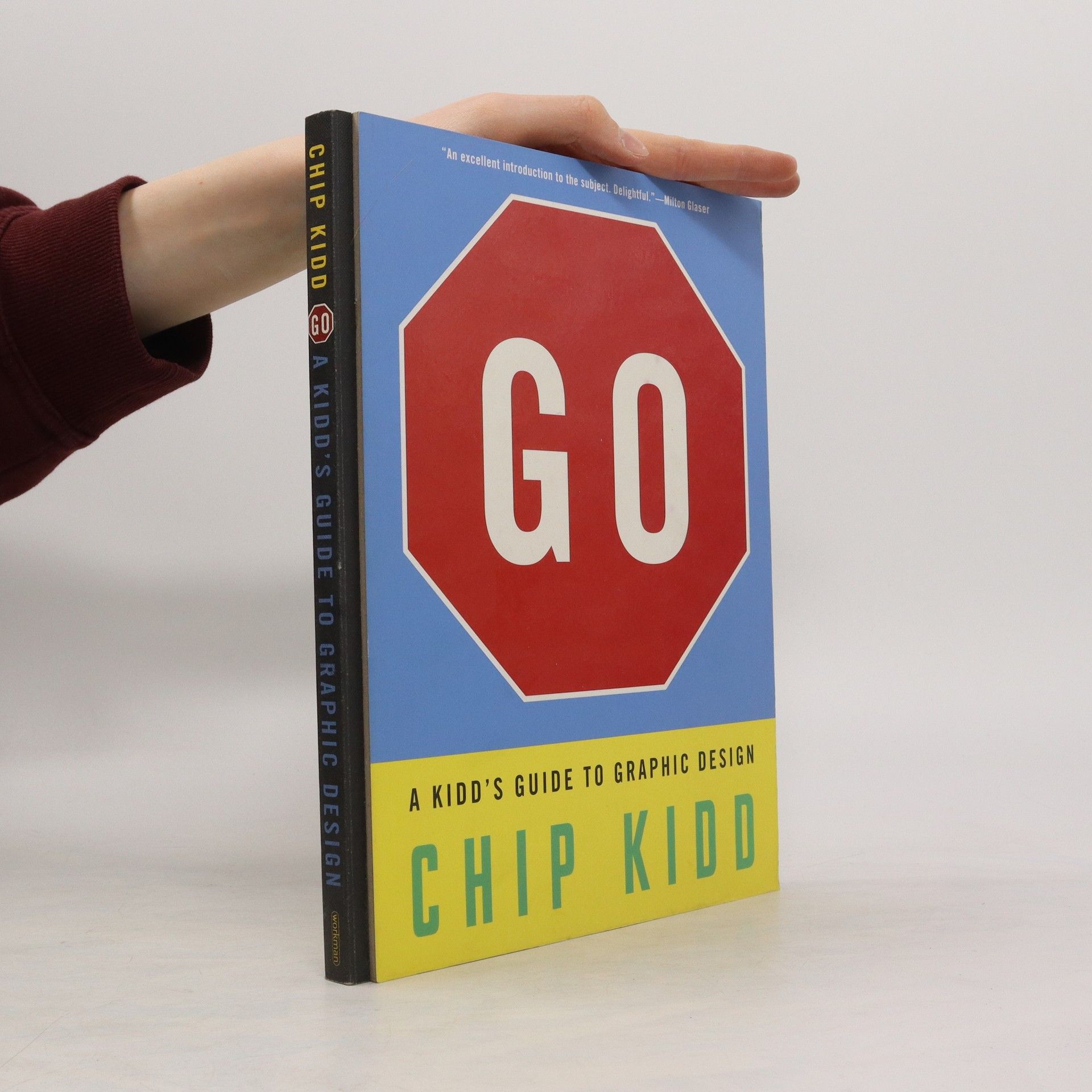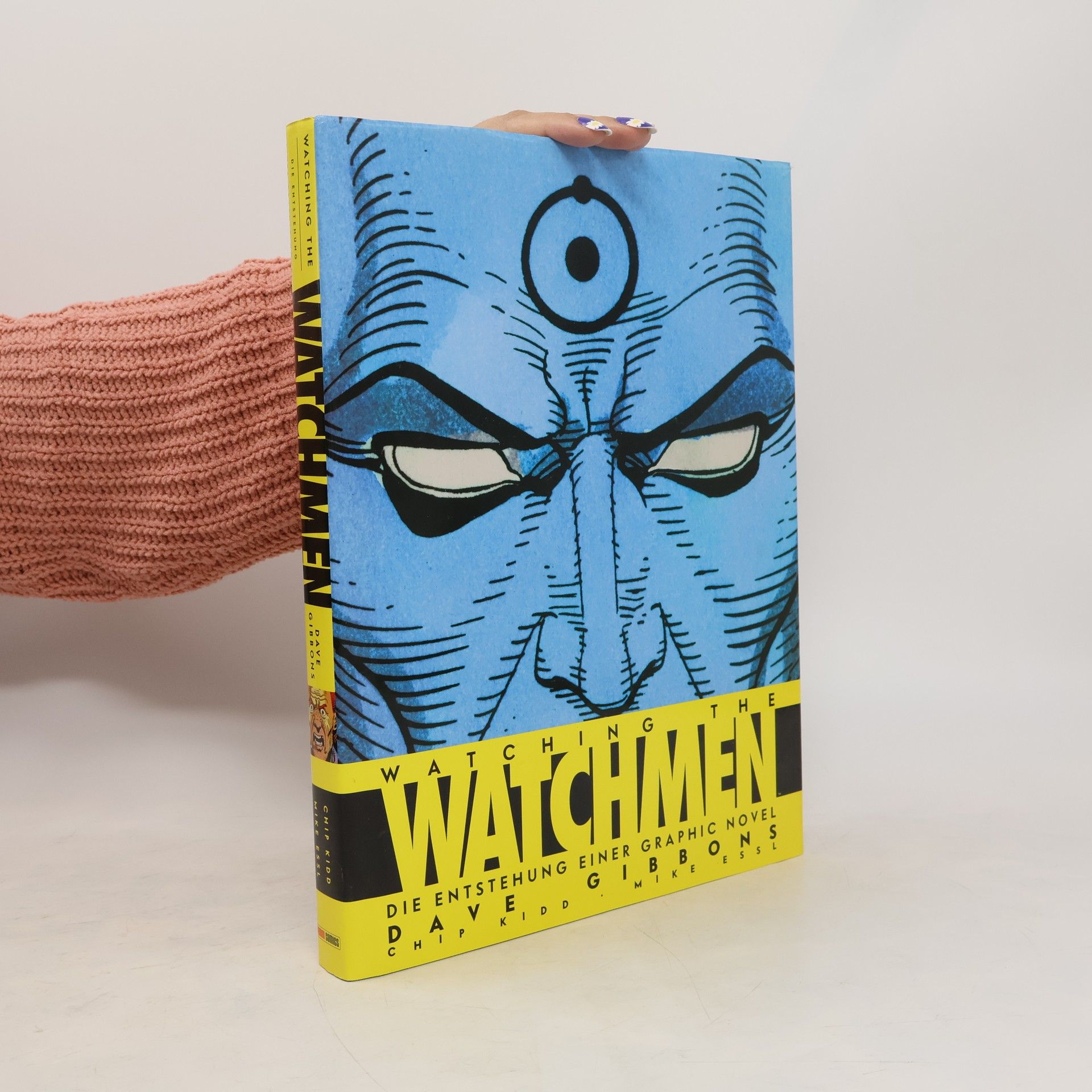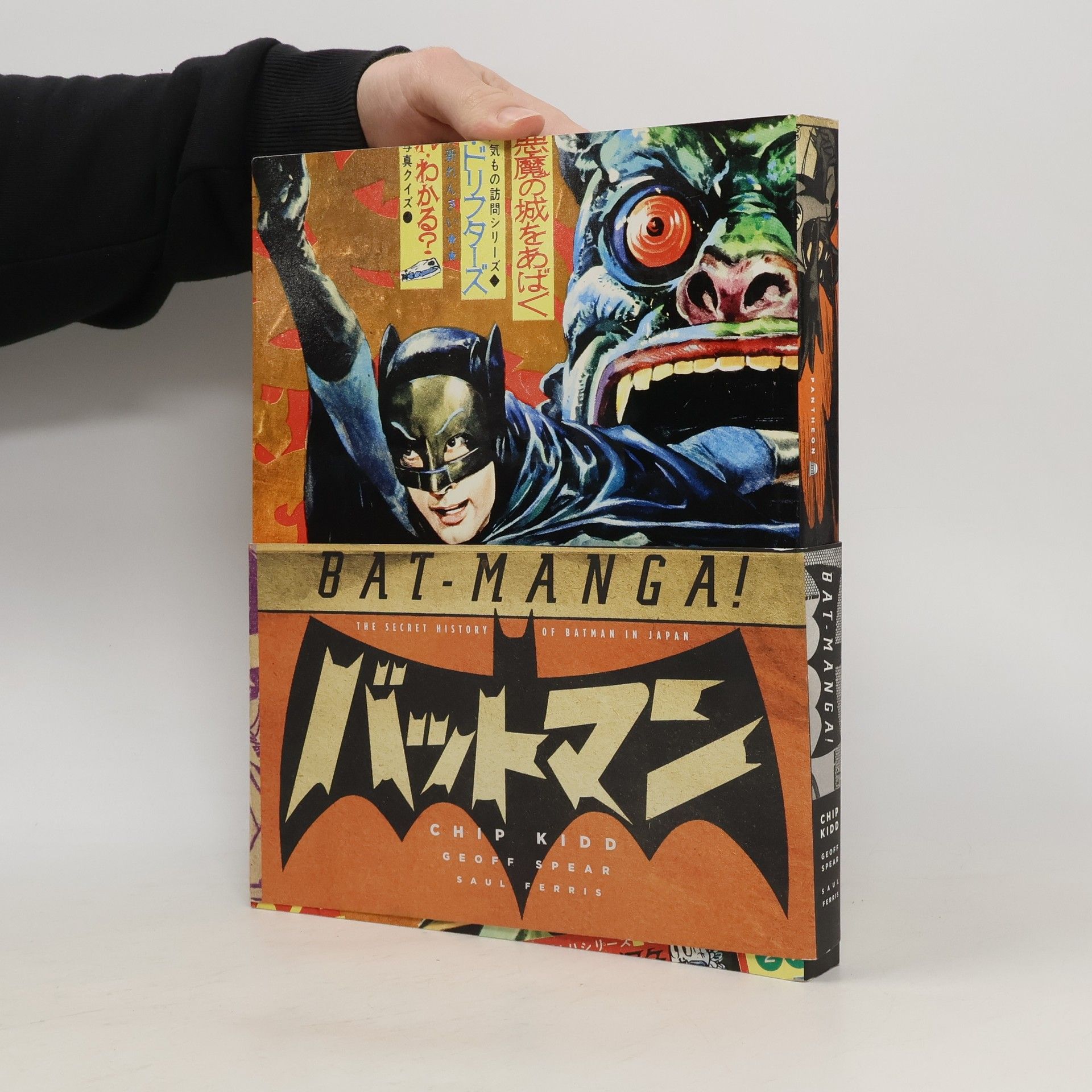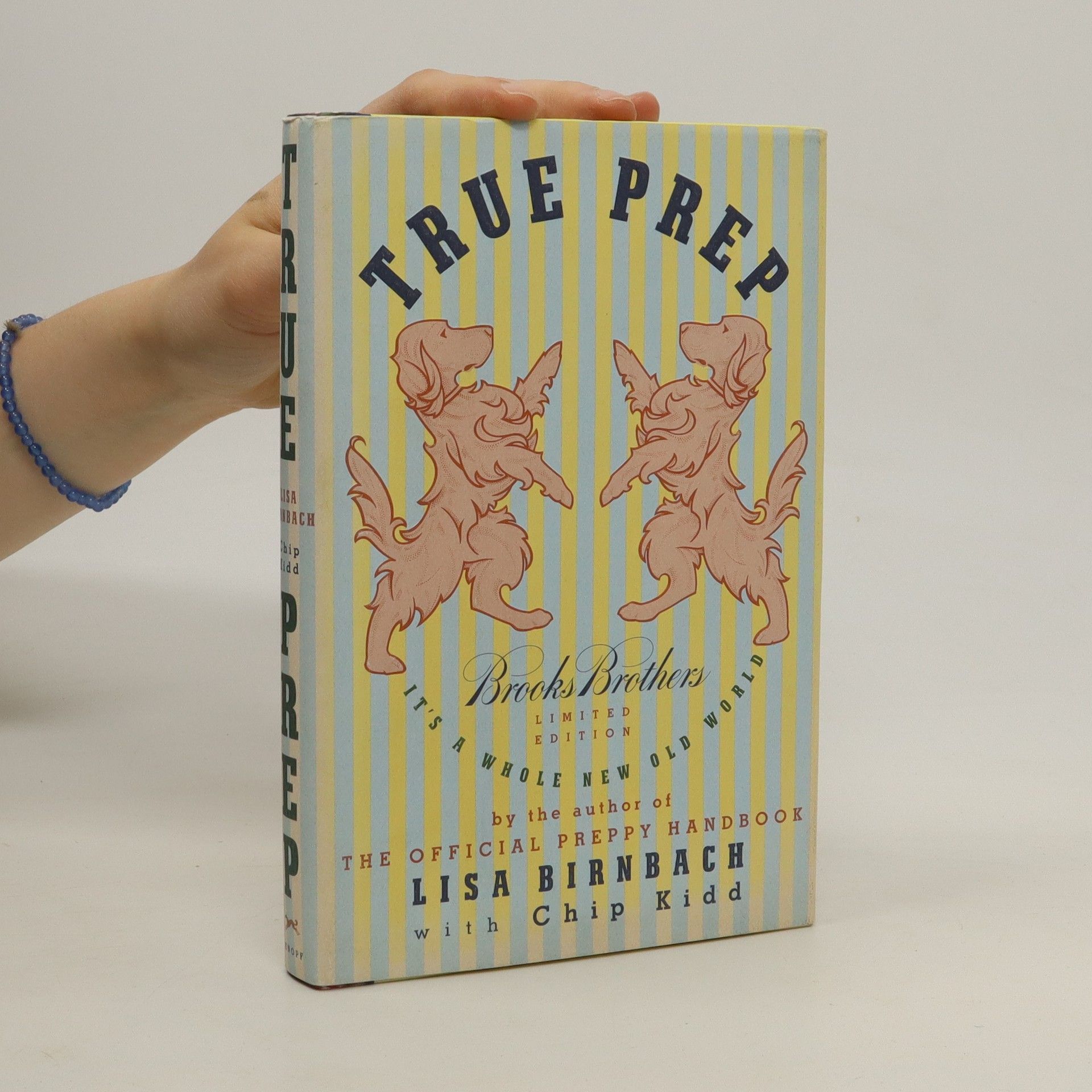Als Gotham im Zuge einer großangelegten Neubauwelle modernisiert werden soll, zieht dies die renommiertesten Architekten der Welt in die Stadt. Auch Bruce Wayne spielt dabei als Vorsitzender der Baukommission eine wichtige Schlüsselrolle. Doch eine plötzliche Serie bizarrer Unfälle im Zusammenhang mit den Neubauten erfordert auch Batmans Eingreifen … Das lang erwartete Werk des berühmten Autors und Designers Chip Kidd!
Chip Kidd Bücher
Chip Kidd ist ein amerikanischer Autor, Herausgeber und Grafikdesigner, der für seine innovativen Buchcover gefeiert wird. Seine Arbeit zeichnet sich durch „gruselige, markante, gerissene, kluge, unvorhersehbare Umschläge aus, die Leser dazu bringen, Bücher sowohl als Kunstobjekte als auch als Literatur wertzuschätzen“. Kidd zielt darauf ab, das Buch über seinen Text hinaus zu erheben und die Leser zu ermutigen, es als greifbares Kunstwerk wahrzunehmen. Seine Designphilosophie erfasst oft die Essenz der amerikanischen Populärkultur und macht ihn zu einer wegweisenden Kraft im Buchdesign.







Avengers: Verhängnisvolle Wahrheit
- 68 Seiten
- 3 Lesestunden
Design-Genie und Comic-Kenner Chip Kidd (Judge This, Batman: Bauwerke des Todes) und Ausnahmekünstler Michael Cho (Shoplifter, Captain America) zelebrieren die Frühzeit der Avengers unter Stan Lee und Jack Kirby! Ihre großformatige, großartige Graphic Novel zeigt Iron Man, Captain America, Thor, Wasp, Giant-Man und Hulk im Duell mit Loki, dem Tunichtgut aus Asgard. Dabei erfahren die Helden eine Wahrheit über sich und ihre Natur, die sie vernichten könnte. Kidd und Cho beschwören klassisches Marvel-Retro-Feeling herauf, ziehen jedoch auch allerhand postmoderne Register. Und so müssen am Ende sowohl die Helden auch als die Leser darüber nachsinnieren, was Begriffe wie Comic-Held, Comic-Schurke, Wirklichkeit und Existenz bedeuten.
Dave Gibbons, Mitbegründer von Watchmen, beschreibt die Entstehung des Comic-Meisterwerks und zeigt zahlreiche seltene, unveröffentlichte Illustrationen. Er beleuchtet verworfene Konzepte, Symbolik und Details, wodurch dieses Buch ein unverzichtbarer Begleitband zur Watchmen-Graphic Novel wird.
THE EISNER AWARD-WINNING, NATIONALLY BEST-SELLING MYTHOLOGY IS HERE IN PAPERBACK, IN AN EXPANDED EDITION WITH 32 NEW PAGES.Mythology returns, in a newly expanded paperback edition of the book Entertainment Weekly awarded a grade of A, “Alex Ross brings to his work an unparalleled sense of the real. His heroes–both super and mortal–have weight; they exist in space, and that space is affected by them in ways never before seen on the page.” And so here they are, the incomparable cast of the DC Comics Superman, Batman, Wonder Woman, the Flash, Aquaman, the Green Lantern, and the rest of the Justice League as you’ve never seen them before. Mythology brings together the best loved comic characters in the world, brought to life by Alex Ross, one of the most astonishing young artists working in the medium today. The award-winning designer/writer Chip Kidd and photographer Geoff Spear have teamed up to create a book like no other, with an introduction by M. Night Shyamalan, the acclaimed director of The Village and The Sixth Sense .Ross has often been called the Norman Rockwell of comics, and this book reveals not only his lifelong love of these classic superheroes but also his Mythology takes you into the studio for a behind-the-scenes look at his fascinating creative process. The combination of Ross’s dynamic art and Kidd’s kinetic design makes images from his most memorable stories–including Kingdom Come, Peace on Earth, War on Crime, and Uncle Sam–soar off the more than 300 pages.The new material centers on Ross’s startling new comic book series, Justice , including sketches, preliminary art, prototype figures, and more. Mythology is a book in which every page explodes with the power of the icons it celebrates.
Only What's Necessary. 70th Anniversary Edition
- 304 Seiten
- 11 Lesestunden
Charles M. Schulz believed that the key to cartooning was to take out the extraneous details and leave in only what's necessary. For 50 years, he wrote and illustrated Peanuts, the single most popular and influential comic strip in the world. Renowned designer Chip Kidd was granted unprecedented access to the extraordinary archives of the Charles M. Schulz Museum and Research Center in Santa Rosa, California. Only What's Necessary reproduces the best of the Peanuts newspaper strip, all shot from the original art by award-winning photographer Geoff Spear, and features exclusive, rare, and unpublished original art and developmental work-much of which has never been seen before
Go
- 150 Seiten
- 6 Lesestunden
Opens with the promise that everyone is a designer, and uses every page to show the reader why that is. In this title, each spread explains and demonstrates a critical introductory graphic design concept, the same ones taught in the first year of art school: form, size, scale, repetition and pattern, colour, typography, and more.
Bat-manga!
The Secret History of Batman in Japan
The two hottest genres in comics gleefully collide head-on, as the most beloved American superhero gets the coolest Japanese manga makeover ever. In 1966, during the height of the first Batman craze, a weekly Japanese manga anthology for boys, Shonen King, licensed the rights to commission its own Batman and Robin stories. A year later, the stories stopped. They were never collected in Japan, and never translated into English. Now, in this gorgeously produced book, hundreds of pages of Batman-manga comics more than four decades old are translated for the first time, appearing alongside stunning photographs of the world's most comprehensive collection of vintage Japanese Batman toys. This is The Dynamic Duo as you've never seen them: with a distinctly Japanese, atomic-age twist as they battle aliens, mutated dinosaurs, and villains who won't stay dead. And as a bonus: Jiro Kuwata, the manga master who originally wrote and drew this material, has given an exclusive interview for our book. More than just a dazzling novelty, Bat-Manga is an invaluable, long-lost chapter in the history of one of the most beloved and timeless figures in comics.
Judge This
- 125 Seiten
- 5 Lesestunden
Part of the TED series: Judge This! First impressions are everything. They dictate whether something stands out, how we engage with it, whether we buy it, and how strongly we feel. This is especially true when it comes to design. And design is all around us, secretly shaping our world in ways we rarely recognise. Except if you yourself are a designer, like Chip Kidd. In Judge This, the reader travels through a day in the life of renowned designer Chip Kidd as he takes in first impressions of all kinds. We follow this visual journey with Kidd as he encounters and engages with everyday design, breaking down the good, the bad, the absurd and the brilliant as only a designer can. From the design of the paper you read in the morning to the subway ticket machine to the books you browse to the smartphone you use to the packaging for the chocolate bar you buy as an afternoon treat, Kidd will reveal the hidden secrets behind each of the design choices, with a healthy dose of humour, expertise and, of course, judgment as he goes. Kidd's observations on the power of first impressions resonate well beyond the objects he's examining. The simple (and often hilarious) wisdom he offers holds meaning for anyone in business, who needs to make a first impression on colleagues or customers. His visual tour of the world around him will hold and interest anyone with a sense of curiosity about popular culture, design and New York.
The author of "The Official Preppy Handbook" evaluates the world of preppies thirty years later, tracing how this generation has adapted to such modern challenges as the Internet, cell phones, and political correctness.
Celebrate the 70th anniversay of Peanuts with this first-ever poster collection selected from the Charles M. Schultz Musuem and Reasearch Center in Santa Rosa, California

